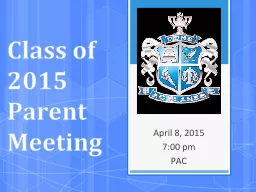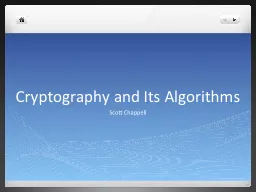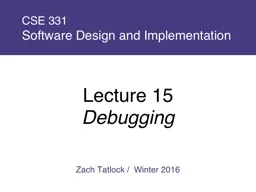PPT-Zach Tatlock
Author : danika-pritchard | Published Date : 2016-12-10
Winter 2016 CSE 331 Software Design and Implementation Lecture 19 GUI Events The plan User events and callbacks Event objects Event listeners Registering listeners
Presentation Embed Code
Download Presentation
Download Presentation The PPT/PDF document "Zach Tatlock" is the property of its rightful owner. Permission is granted to download and print the materials on this website for personal, non-commercial use only, and to display it on your personal computer provided you do not modify the materials and that you retain all copyright notices contained in the materials. By downloading content from our website, you accept the terms of this agreement.
Zach Tatlock: Transcript
Download Rules Of Document
"Zach Tatlock"The content belongs to its owner. You may download and print it for personal use, without modification, and keep all copyright notices. By downloading, you agree to these terms.
Related Documents














